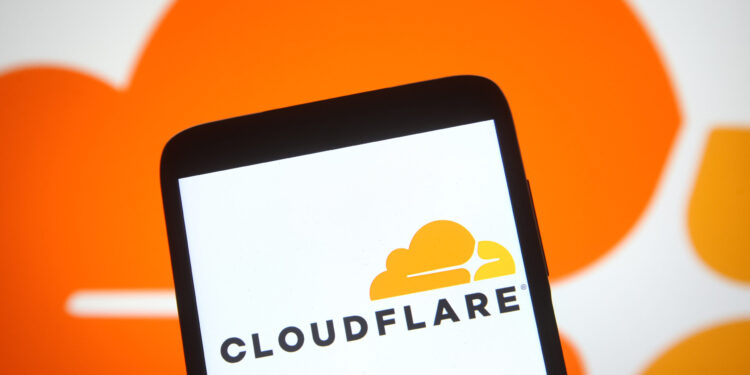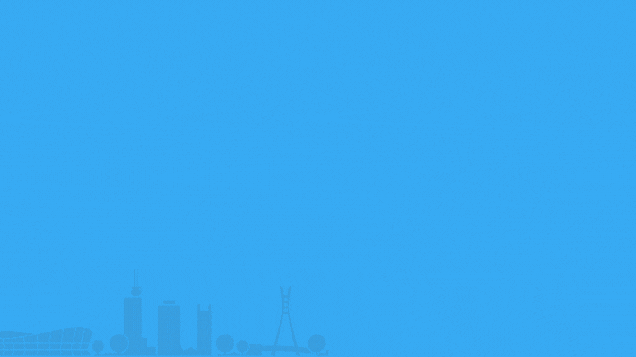Cloudflare just changed how AI companies access web content by putting website owners in control of their content for the first time since AI went mainstream. The internet infrastructure company now blocks AI crawlers by default for all new customers.
The company announced this change recently, along with a new “Pay Per Crawl” marketplace. Publishers can now charge AI companies for access to their websites. Over 1 million websites already use Cloudflare’s AI blocking tools since they launched in September 2024.
How AI Crawlers Break the Internet’s Original Model
For decades, search engines and websites had a simple deal. Search engines would index content and send users back to the original sites. This created traffic and ad revenue for publishers. AI crawlers changed everything.
These automated bots scrape text, articles, and images to train large language models. They collect content from publishers but don’t send users back to the source. Publishers lose traffic and revenue while AI companies build billion-dollar businesses using their content for free.
Matthew Prince, Cloudflare’s CEO, explains the problem: “AI crawlers have been scraping content without limits. Our goal is to put the power back in the hands of creators, while still helping AI companies innovate.”
According to Cloudflare’s data, AI crawler traffic grew 305% between May 2024 and May 2025. Publishers see their content used in AI responses without getting paid or even credited.
Publishers Fight Back Against Free AI Training Data
Major publishers have joined Cloudflare’s new system. The list includes The Associated Press, The Atlantic, BuzzFeed, Fortune, TIME, and USA TODAY Network. These companies want control over how AI firms use their content.
Roger Lynch, CEO of Condé Nast, calls this “a critical step toward creating a fair value exchange on the Internet.” Neil Vogel from Dotdash Meredith says publishers can now “limit access to our content to those AI partners willing to engage in fair arrangements.”
The problem goes beyond just revenue. AI bots can overwhelm websites with traffic that mimics DDoS attacks. Some sites have been knocked offline by aggressive scraping. Publishers spend money on server costs to handle bot traffic but get nothing in return.
Cloudflare’s New Opt-In System Changes Everything
Starting now, every new domain signing up with Cloudflare gets asked upfront: Do you want to allow AI crawlers? This flips the script from an opt-out system to opt-in. Publishers no longer have to fight to protect their content.
The change affects roughly 16% of global internet traffic that flows through Cloudflare’s network. That’s millions of websites getting new protection against unwanted AI scraping.
Existing customers can block AI crawlers with a single click in their dashboard. Cloudflare uses machine learning to identify even “shadow” scrapers that AI companies don’t publicly announce. The system combines behavioral analysis, fingerprinting, and pattern recognition to spot AI bots.
Pay Per Crawl Creates New Revenue Opportunities
Cloudflare’s Pay Per Crawl marketplace lets publishers monetize AI bot access. Website owners can set their own prices for different AI companies. They can allow some crawlers for free while charging others.
The system works like this: AI companies that want to scrape content must pay the publisher’s rate. Publishers get detailed analytics showing which bots visit their sites and how much they earn from each crawler. Payments happen automatically through Cloudflare’s platform.
Bill Gross, CEO of ProRata AI, supports the new model: “We firmly believe that all content creators and publishers should be compensated when their content is used in AI answers.”
AI Companies Push Back on New Restrictions
Not everyone likes Cloudflare’s approach. OpenAI declined to participate when Cloudflare previewed the blocking system. The ChatGPT maker said Cloudflare adds an unnecessary middleman to web scraping.
OpenAI pointed to its use of robots.txt files, which publishers can use to block bots. But this standard isn’t legally required, and many AI companies ignore it. Research from Tollbit found over 26 million AI scrapes ignored robots.txt in March 2025 alone.
The new system forces AI companies to negotiate with publishers. Companies like OpenAI have struck licensing deals with some publishers, including Condé Nast and News Corp. But most smaller publishers lack the resources to negotiate individual deals.
Technical Details Behind the Blocking System
Cloudflare’s blocking system works at the network level before bots reach websites. The company analyzes traffic patterns, user agents, and behavior to identify AI crawlers. This catches both known bots and sneaky scrapers trying to hide their identity.
The system distinguishes between different types of bots. Search engines like Google can still index content for regular search results. Only AI training bots get blocked by default. Publishers can create custom rules for specific crawlers.
Website owners get detailed reports showing which bots try to access their content. They can see blocked attempts, successful crawls, and revenue from paid access. This transparency helps publishers understand the value of their content to AI companies.
Impact on AI Model Training and Development
This change could impact how AI companies train their models. Many rely on web scraping to gather training data. Blocking access to fresh content might slow down AI development or force companies to rely on older, publicly available datasets.
Matthew Holman said: “This is likely to lead to a short-term impact on AI model training and could, over the long term, affect the viability of models.”
However, some experts argue this could improve AI quality. Nicholas Thompson, CEO of The Atlantic, believes “it will become a competitive advantage for the AI companies that can strike more and better deals with more and better publishers.”
Future of AI Content Licensing
The era of free, unlimited scraping appears to be ending. Publishers want fair compensation for content that powers AI systems.
The success of Pay Per Crawl depends on AI companies choosing to participate. Some might try to bypass the system or find alternative data sources. But with Cloudflare protecting a significant portion of the web, cooperation becomes more attractive than confrontation.
Other infrastructure companies might follow Cloudflare’s lead. If content delivery networks start blocking AI bots by default, AI companies will face pressure to negotiate fair licensing terms with publishers.
What This Means for Website Owners
Website owners now have real control over AI access to their content. They can block all AI crawlers, allow specific ones, or charge for access. The choice depends on their business model and relationship with AI companies.
Publishers focused on traffic might prefer blocking AI bots to preserve their audience. Those with valuable data might choose to monetize access. Educational sites might allow free access while charging commercial AI companies.













